Sidewalk mosses crack me up.
deep_woods
17 years ago
Related Stories

CONCRETEWhy Concrete Wants to Crack
We look at the reasons concrete has a tendency to crack — and what you can do to help control it
Full Story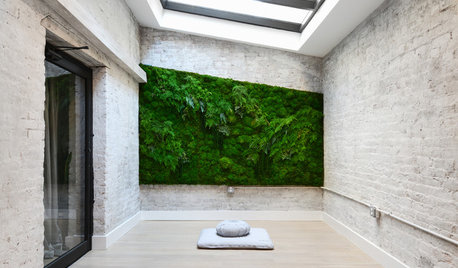
GREEN BUILDINGWorld of Design: The Joy of Moss and Its Modern Uses
This great design plant is 400 million years in the making. See how it’s inspiring art, soothing spaces and building design
Full Story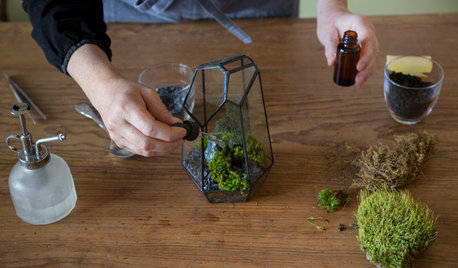
DIY PROJECTSHouzz DIY: Make a Mini Moss Sanctuary
This easy-to-assemble terrarium brings the joy of moss to your tabletop or shelf
Full Story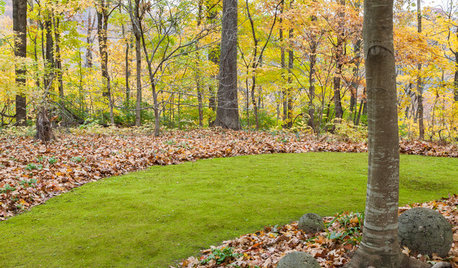
LANDSCAPE DESIGNMoss: Nature’s Carpet for the Garden
Learn how to grow and use this ancient and mysterious natural wonder for delightful texture in the landscape
Full Story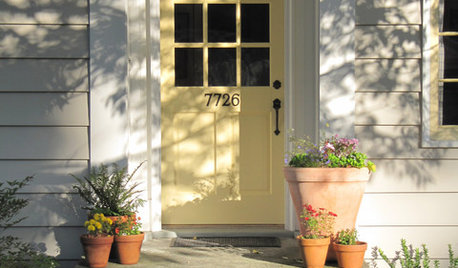
GARDENING AND LANDSCAPINGSpring Checklist: Freshen Up Your Home's Curb Appeal
Step outside and use these tips to show off your home to its best advantage this spring
Full Story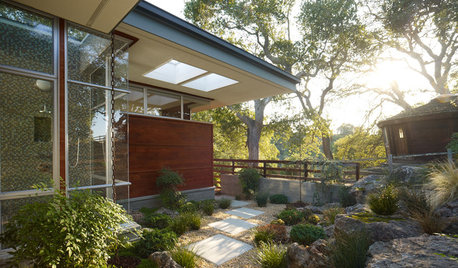
LANDSCAPE DESIGNSoak It Up: How to Manage Stormwater in Your Landscape
Permeable paving, gravel beds and planted areas in your yard can absorb and cleanse stormwater runoff. Here's how it works
Full Story
FALL GARDENING7 Reasons Not to Clean Up Your Fall Garden
Before you pluck and rake, consider wildlife, the health of your plants and your own right to relax
Full Story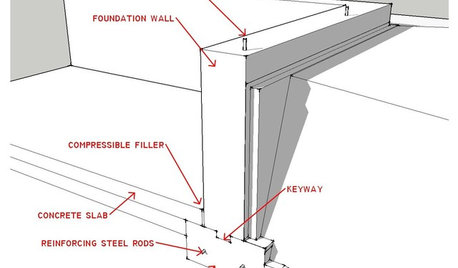
ARCHITECTUREKnow Your House: What Makes Up a Home's Foundation
Learn the components of a common foundation and their purpose to ensure a strong and stable house for years to come
Full Story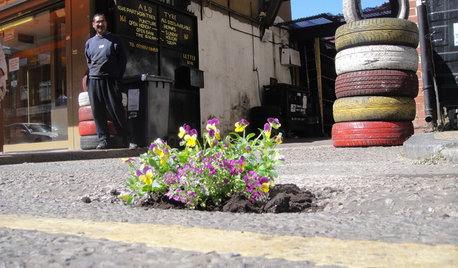
FUN HOUZZGardening Happiness Found ... in Potholes
Imperfections in roads and sidewalks become miniature works of art — and unlikely sources of joy — at the hands of a London gardener
Full Story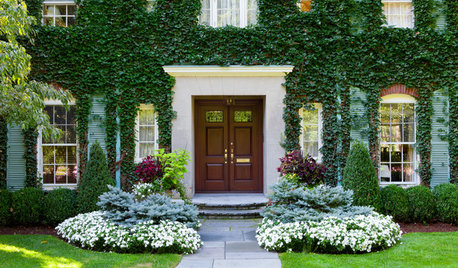
EXTERIORSCare and Training for a Vine-Covered Home
Love the look but don’t want the ruin? Learn how to have vine-draped walls without all the cracks and crumbling
Full StorySponsored
Columbus Design-Build, Kitchen & Bath Remodeling, Historic Renovations






yorknativemg
deep_woodsOriginal Author
Related Professionals
Allentown Landscape Architects & Landscape Designers · Arlington Landscape Architects & Landscape Designers · Aurora Landscape Contractors · Braintree Landscape Contractors · Bridgeport Landscape Contractors · East Lake-Orient Park Landscape Contractors · Oakland Landscape Contractors · Riverview Landscape Contractors · The Woodlands Landscape Contractors · Dallas Roofing & Gutters · Discovery Bay Roofing & Gutters · Lake Forest Roofing & Gutters · Mobile Decks, Patios & Outdoor Enclosures · Northglenn Decks, Patios & Outdoor Enclosures · Pueblo West Decks, Patios & Outdoor Enclosuresstesor1rn
greenlarry